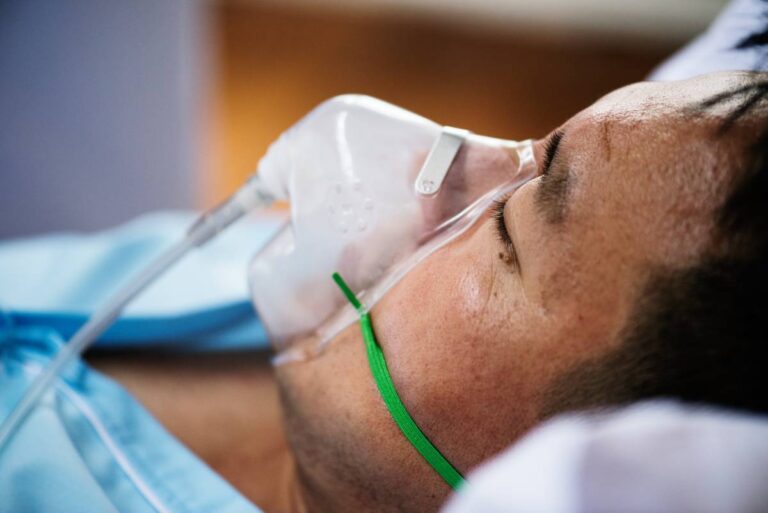In surgical environments, maintaining the right environmental conditions is crucial for both patient safety and procedural success. Among the factors regulated in operating rooms (ORs), humidity plays a critical role in infection control, equipment performance, and overall surgical outcomes.
Humidity refers to the amount of water vapor present in the air. It is usually measured as relative humidity—the percentage of moisture in the air compared to the maximum it can hold at a given temperature. Maintaining optimal humidity levels in ORs is vital for controlling microbial growth, minimizing static electricity, and ensuring the proper function of sensitive medical equipment 1,2.
Guidelines from organizations like the American Society of Heating, Refrigerating and Air-Conditioning Engineers (ASHRAE), and the Facility Guidelines Institute (FGI) typically recommend maintaining relative humidity between 20% and 60% in ORs. Some healthcare facilities prefer to keep it slightly narrower, usually between 30% and 60%, to balance comfort and safety.
Humidity that is too low (below 20%) increases the risk of electrostatic discharge, which can damage electronic medical equipment or even ignite flammable anesthetic gases (although this is rare with modern agents). On the other hand, excessive humidity (above 60%) can lead to condensation, creating an environment conducive to microbial growth, including bacteria and fungi, both of which are dangerous in a sterile environment 1,3–5.
Humidity levels in ORs are directly linked to infection control. High humidity can support the survival of pathogens on surfaces and instruments, while also encouraging the growth of mold and mildew in heating, ventilation, and air conditioning (HVAC) systems or wall cavities. In contrast, extremely dry environments may cause drying of mucous membranes in staff and patients, increasing vulnerability to airborne contaminants. Proper humidity control is therefore essential to uphold sterility protocols and may reduce the risk of surgical site infections, although results supporting this point remain mitigated. Maintaining a clean, controlled air environment helps safeguard patient outcomes and staff well-being 6–8.
Modern ORs use a range of high-tech, sensitive equipment including electrosurgical units, lasers, and imaging devices. These tools can be sensitive to both high and low humidity. Sterile packaging materials and surgical instruments are also affected. Improper humidity can cause sterile wraps to lose integrity or make surgical gloves and drapes harder to handle safely 8–10.
Humidity control in ORs is more than an issue of comfort—it is a matter of patient safety, equipment performance, and regulatory compliance. By maintaining relative humidity levels between 20% and 60% in ORs, healthcare facilities help ensure a stable, sterile environment that supports successful surgical outcomes. With increasing attention to infection control and technological advancements, precise humidity monitoring and control remain a cornerstone of modern OR design and operation.
References
1. Humidity Levels in ORs. Anesthesia Patient Safety Foundation https://www.apsf.org/article/humidity-levels-in-ors/.
2. Relative humidity – Glossary of Meteorology. https://glossary.ametsoc.org/wiki/Relative_humidity.
3. Home – Facility Guidelines Institute. https://fgiguidelines.org/.
4. Home | ashrae.org. https://www.ashrae.org/.
5. Guidance on Humidity Levels in the Operating Room | AHRMM. https://www.ahrmm.org/resource-repository-ahrmm/humidity-levels-or-room-012115-1.
6. Hammond, J. B. et al. The influence of operating room temperature and humidity on surgical site infection: A multisite ACS-NSQIP analysis. The American Journal of Surgery 226, 840–844 (2023). DOI: 10.1016/j.amjsurg.2023.06.039
7. Guarnieri, G., Olivieri, B., Senna, G. & Vianello, A. Relative Humidity and Its Impact on the Immune System and Infections. Int J Mol Sci 24, 9456 (2023). DOI: 10.3390/ijms24119456
8. Curless, M. S., Bow, L., Lentz, T., Trexler, P. & Maragakis, L. L. Management and Mitigation of Temperature and Humidity Events in the Perioperative Setting. AORN Journal 114, 563–571 (2021). DOI: 10.1002/aorn.13563
9. McAuley, T. Specifications for temperature and humidity in sterile storage environments – Where’s the evidence? Healthcare infection 14, 131–137 (2009). DOI: 10.1071/HI09020
10. Seppänen, O. & Kurnitski, J. Moisture control and ventilation. in WHO Guidelines for Indoor Air Quality: Dampness and Mould (World Health Organization, 2009).

